Sustainable Forestry: Practices and Benefits You Need to Know
- September 10, 2024
- 0 comment
Sustainable forestry is a vital approach to managing forests in a way that balances environmental, economic, and social needs. This method involves a range of practices designed to maintain the health and biodiversity of forest ecosystems while meeting human demands for resources. By adopting sustainable forestry practices, we can ensure that forests continue to provide essential services, such as carbon sequestration, water filtration, and habitat for wildlife, while also supporting local economies and communities.
What is Sustainable Forestry
Sustainable forestry is a management approach focused on maintaining the health and vitality of forest ecosystems while meeting current and future human needs. It involves implementing practices that conserve biodiversity, protect soil and water quality, and ensure the long-term productivity of forest resources. Key strategies include selective logging, where only certain trees are harvested to minimize ecosystem disruption, and the use of reforestation and afforestation techniques to replenish forested areas. Additionally, sustainable forestry often incorporates guidelines to protect endangered species and their habitats, ensuring that forest management activities do not negatively impact local wildlife.
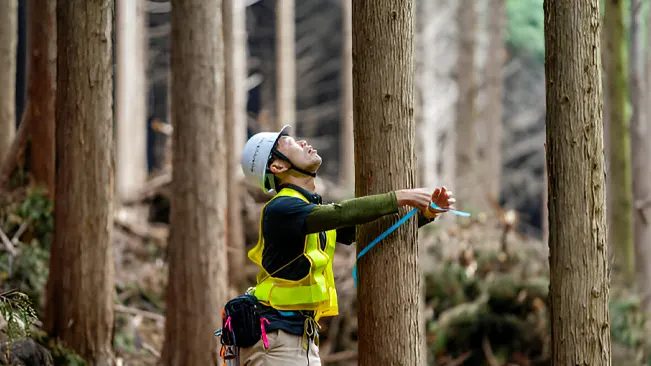
The benefits of sustainable forestry extend beyond environmental conservation. Economically, it supports the long-term viability of forest-based industries by maintaining a steady supply of timber and other forest products. Socially, it promotes community engagement and stewardship by involving local populations in decision-making processes and ensuring fair access to forest resources. By integrating these practices, sustainable forestry helps to strike a balance between resource use and conservation, ultimately contributing to the resilience of forests and the well-being of the communities that depend on them.
Why is Sustainable Forestry Important
Environmental Conservation
Sustainable forestry is essential for environmental conservation as it helps maintain the health and functionality of forest ecosystems. Forests are critical for regulating the Earth’s climate by sequestering carbon dioxide, a key greenhouse gas. They also play a vital role in water filtration and soil conservation, reducing erosion and maintaining clean water supplies.

By implementing practices such as selective logging, maintaining forest cover, and restoring degraded areas, sustainable forestry minimizes disruption to these ecological functions. This approach supports biodiversity by preserving habitats for a wide range of species and helps protect against habitat loss, which can lead to the decline of wildlife populations and the collapse of ecosystems.
Economic Sustainability
Sustainable forestry supports economic stability by ensuring that forest resources are managed in a way that preserves their availability for future generations. Instead of depleting forest resources through overharvesting, sustainable practices aim to balance resource extraction with the forest’s natural regeneration capacity. This approach helps sustain industries that depend on forest products, such as timber, paper, and non-timber forest products, by providing a reliable and long-term supply of these resources.
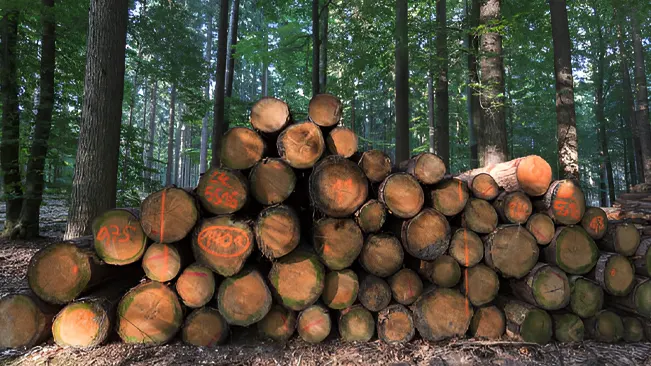
Additionally, sustainable forestry practices can enhance economic resilience by diversifying income sources through activities like ecotourism and non-timber forest product harvesting, thus reducing dependence on single-resource industries and promoting economic stability in forest-dependent communities.
Indigenous Peoples and Communities
For indigenous peoples and local communities, sustainable forestry is crucial for preserving their cultural heritage and ensuring their rights and livelihoods are respected. Many indigenous communities have deep connections to their ancestral lands and rely on forests for their traditional practices, sustenance, and economic activities. Sustainable forestry practices that involve these communities in decision-making processes help protect their land rights and traditional knowledge while promoting fair access to resources.

By incorporating Indigenous perspectives and practices into forest management, sustainable forestry supports the preservation of cultural values and strengthens community resilience. This inclusive approach fosters mutual respect and collaboration, ensuring that forest management benefits all stakeholders and maintains the social fabric of forest-dependent communities.
10 Sustainable Forestry Practices
1. Selective Logging
Selective logging is a forestry practice where only certain trees are chosen for harvest, based on criteria such as size, species, and quality. This method aims to minimize disruption to the forest ecosystem by leaving the majority of the trees and their associated undergrowth intact. The approach reduces soil erosion and protects wildlife habitats by avoiding large-scale clear-cutting.

Additionally, selective logging allows for natural regeneration, as the remaining trees continue to grow and produce seeds, fostering the regeneration of the forest. This method helps maintain the forest’s ecological balance and supports biodiversity by preserving a variety of tree species and forest structures.
2. Reduced Impact Logging (RIL)
Reduced Impact Logging (RIL) encompasses a range of techniques designed to minimize environmental damage during timber extraction. Key aspects of RIL include meticulous planning of logging operations to avoid sensitive areas such as riparian zones and steep slopes. The use of lighter, less damaging equipment reduces soil compaction and disturbance.
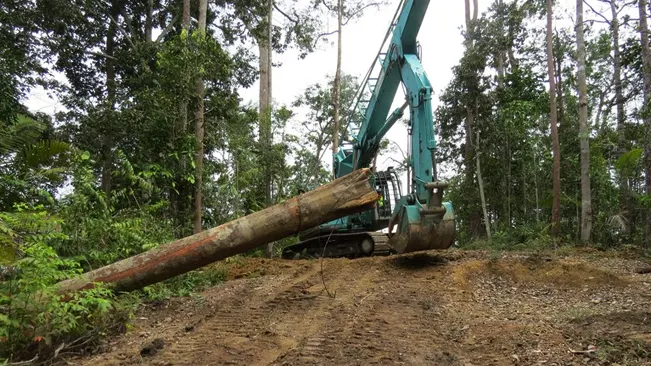
RIL practices also involve creating designated logging routes to minimize the impact on the forest floor and using techniques that minimize tree and soil damage. By implementing these methods, RIL aims to reduce the overall footprint of logging operations and mitigate negative effects on forest ecosystems.
3. Reforestation and Afforestation
Reforestation and afforestation are critical practices for restoring and expanding forest cover. Reforestation focuses on planting trees in areas where forests have been previously removed or degraded. This process helps to rebuild the forest’s ecological functions, such as carbon sequestration and habitat provision.
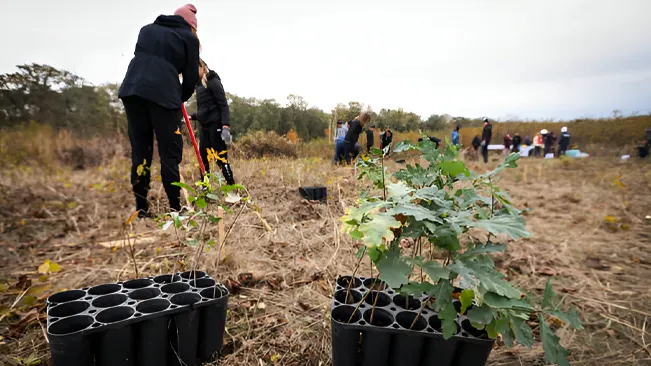
Afforestation, on the other hand, involves planting trees in areas that were not previously forested. This practice can create new forest ecosystems, enhance biodiversity, and contribute to landscape connectivity. Both reforestation and afforestation play a significant role in combating climate change, improving soil health, and supporting wildlife.
4. Agroforestry
Agroforestry integrates trees and shrubs into agricultural landscapes, creating a synergistic system that benefits both agriculture and forestry. This practice enhances soil fertility through the addition of organic matter from leaf litter and root systems, reducing the need for synthetic fertilizers. Agroforestry also provides habitat and food sources for wildlife, fostering biodiversity within agricultural areas.

Furthermore, it offers farmers diverse income sources, such as timber, fruit, nuts, and medicinal plants, which can increase economic resilience. By combining agriculture and forestry, agroforestry promotes sustainable land use and helps to create more balanced ecosystems.
5. Forest Certification
Forest certification programs, like those from the Forest Stewardship Council (FSC) and the Program for the Endorsement of Forest Certification (PEFC), set standards for sustainable forest management. These certifications ensure that forests are managed according to principles that balance ecological, social, and economic needs.
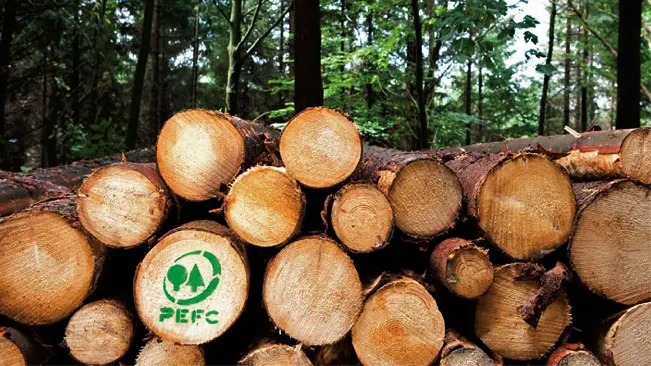
Certification involves rigorous assessments of forest management practices, including conservation efforts, worker rights, and community engagement. Certified forests are subject to regular audits to maintain standards. Certification provides consumers with assurance that the wood and paper products they purchase come from responsibly managed forests, supporting sustainable practices and reducing deforestation.
6. Forest Thinning
Forest thinning involves the selective removal of certain trees within a forest stand to reduce overcrowding and competition for resources. This practice helps improve forest health by increasing the availability of light, water, and nutrients for the remaining trees, promoting their growth and resilience. Thinning also reduces the risk of pest infestations and diseases by lowering tree density, which can minimize the spread of pathogens.
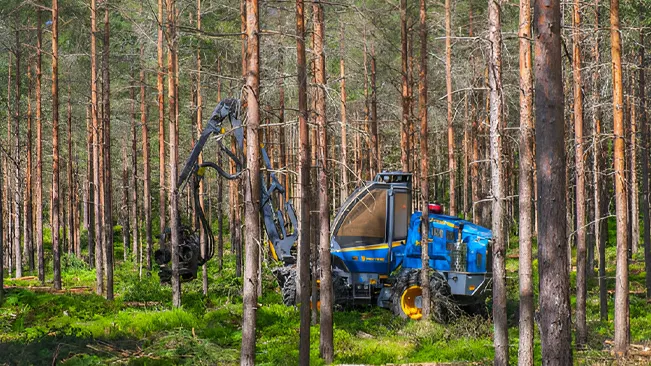
Additionally, thinning can help prevent wildfires by reducing the amount of combustible material in the forest. This practice supports sustainable forest management by enhancing forest structure and increasing overall ecosystem health.
7. Prescribed Burning
Prescribed burning, or controlled burning, is a forest management technique used to intentionally set fires under controlled conditions. This practice helps reduce the accumulation of dead vegetation, which can fuel larger, uncontrollable wildfires. Prescribed burns also promote the regeneration of certain plant species that are adapted to periodic fires.
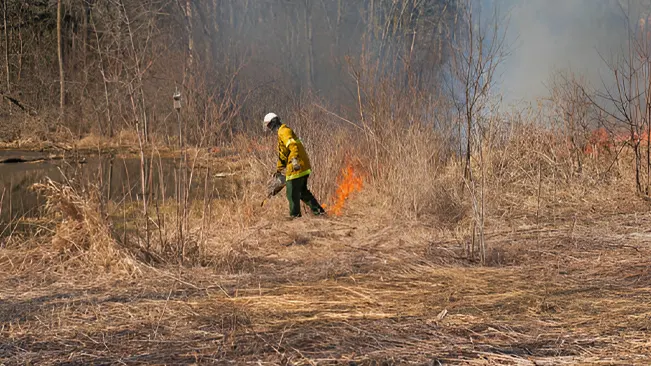
By maintaining the natural fire regime of fire-adapted ecosystems, prescribed burning helps to restore ecological balance and improve habitat quality for wildlife. It is a proactive measure that enhances forest health and reduces the risk of severe wildfire events.
8. Buffer Zones
Buffer zones are designated areas around sensitive ecological features, such as water bodies, wetlands, and wildlife habitats, that are protected from logging and other forest management activities. These zones serve to safeguard critical ecosystems from the impacts of forestry operations, such as soil erosion, water pollution, and habitat disturbance.
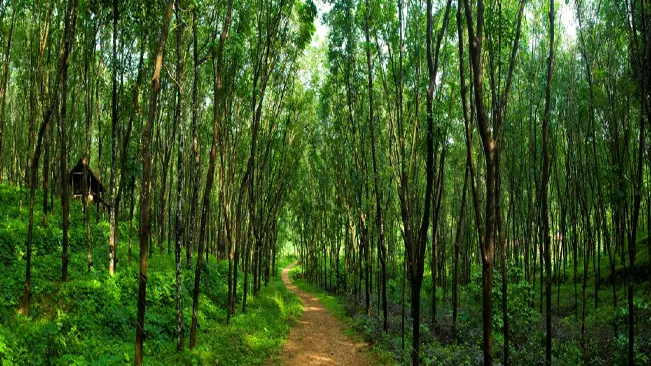
By maintaining buffer zones, forest managers can help preserve water quality, protect wildlife corridors, and ensure the health of riparian zones. Buffer zones also provide important ecological functions, such as flood regulation and habitat connectivity, supporting overall ecosystem resilience.
9. Community Involvement
Community involvement in forest management ensures that local knowledge, needs, and rights are integrated into decision-making processes. Engaging local communities and indigenous peoples helps to ensure that forest management practices are culturally appropriate and equitable. This approach can enhance the effectiveness of forest management by incorporating traditional ecological knowledge and promoting community stewardship.
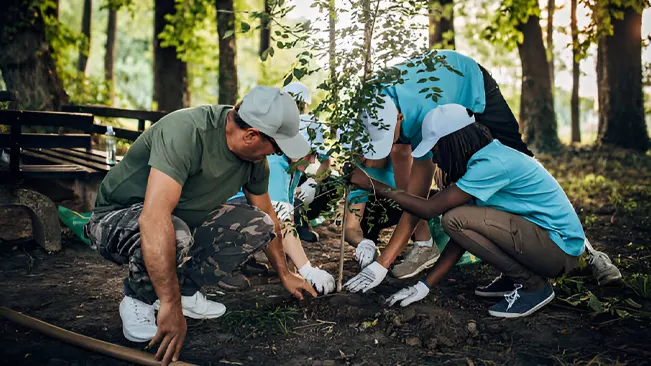
Involving communities in forest management can also lead to better compliance with sustainable practices, as local stakeholders often have a vested interest in maintaining forest resources for future generations. Community involvement fosters collaboration and supports the social dimensions of sustainable forestry.
10. Monitoring and Evaluation
Monitoring and evaluation are essential components of effective forest management. Regular monitoring involves assessing forest conditions, such as tree growth, soil health, and biodiversity, to track the impacts of management practices. Evaluation processes help determine whether sustainability goals are being met and identify areas for improvement.

This data-driven approach allows forest managers to adapt strategies based on changing conditions, such as climate variability and emerging threats. Monitoring and evaluation help ensure that forest management remains effective and responsive, supporting the long-term sustainability of forest ecosystems and the benefits they provide.
Conclusion
Sustainable forestry is essential for balancing environmental health, economic stability, and social equity. Key practices like selective logging, reduced impact logging, and reforestation help maintain forest ecosystems while meeting human needs. Agroforestry and forest certification further promote sustainability and involving local communities ensures that forest management is both effective and fair. By adopting these practices, we preserve vital ecological functions and support long-term resilience for forests and the benefits they provide.
FAQs
- What is sustainable forestry?
Sustainable forestry is a management approach that aims to maintain the health and productivity of forest ecosystems while meeting current and future human needs. It involves practices that conserve biodiversity, protect soil and water quality, and ensure the long-term availability of forest resources. - Why is sustainable forestry important?
Sustainable forestry is crucial because it helps preserve forest ecosystems, which regulate climate, filter water, and provide wildlife habitat. It also supports economic stability by maintaining a reliable supply of forest products and promotes social equity by involving local communities in decision-making. - What are some key practices of sustainable forestry?
Key practices include selective logging, reduced impact logging, reforestation and afforestation, agroforestry, forest certification, forest thinning, prescribed burning, and establishing buffer zones. These methods aim to minimize environmental impact and promote forest health and productivity. - How does selective logging benefit forests?
Selective logging involves harvesting only specific trees while leaving the majority of the forest intact. This method minimizes ecosystem disruption, allows for natural regeneration, and helps maintain biodiversity by preserving various tree species and forest structures. - What is reduced impact logging (RIL)?
Reduced impact logging (RIL) refers to techniques designed to minimize environmental damage during logging operations. This includes careful planning of logging routes, using lighter equipment, and avoiding sensitive areas to reduce soil compaction and habitat disruption. - What is the difference between reforestation and afforestation?
Reforestation involves planting trees in areas where forests have been previously depleted or degraded, while afforestation is the process of creating new forested areas in previously non-forested regions. Both practices help restore forest cover and support biodiversity. - How does agroforestry support sustainability?
Agroforestry integrates trees and shrubs into agricultural landscapes, which enhances soil fertility, provides wildlife habitat, and diversifies income sources for farmers. This practice promotes sustainable land use and creates balanced ecosystems within agricultural areas. - What is forest certification?
Forest certification is a process by which forest management practices are evaluated and certified according to established sustainability standards, such as those set by the Forest Stewardship Council (FSC) or the Program for the Endorsement of Forest Certification (PEFC). Certification ensures that forest products come from well-managed forests. - Why is community involvement important in forest management?
Involving local communities and indigenous peoples in forest management ensures that their knowledge, needs, and rights are considered. This approach leads to more effective and equitable management practices and fosters collaboration and stewardship. - How does monitoring and evaluation contribute to sustainable forestry?
Monitoring and evaluation involve regularly assessing forest conditions and management practices to ensure they are effective and adaptive to changing conditions. This process helps track progress towards sustainability goals and identify areas for improvement.

Joel Cunningham
Forestry AuthorI'm Joel Cunningham, an expert in pruning and weed management with over a decade of experience. My skills are rooted in formal training and extensive practice, focusing on advanced pruning techniques and efficient weed control. I'm known for my quality work, precision, and deep understanding of plant health and soil dynamics. My contributions extend to educational initiatives where I share sustainable practices and advice, establishing myself as a reliable and authoritative figure in the gardening community.

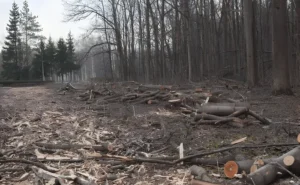



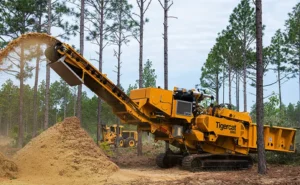
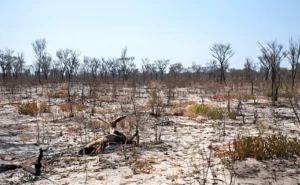
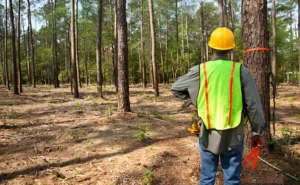




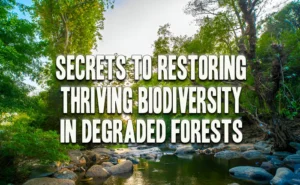
Leave your comment